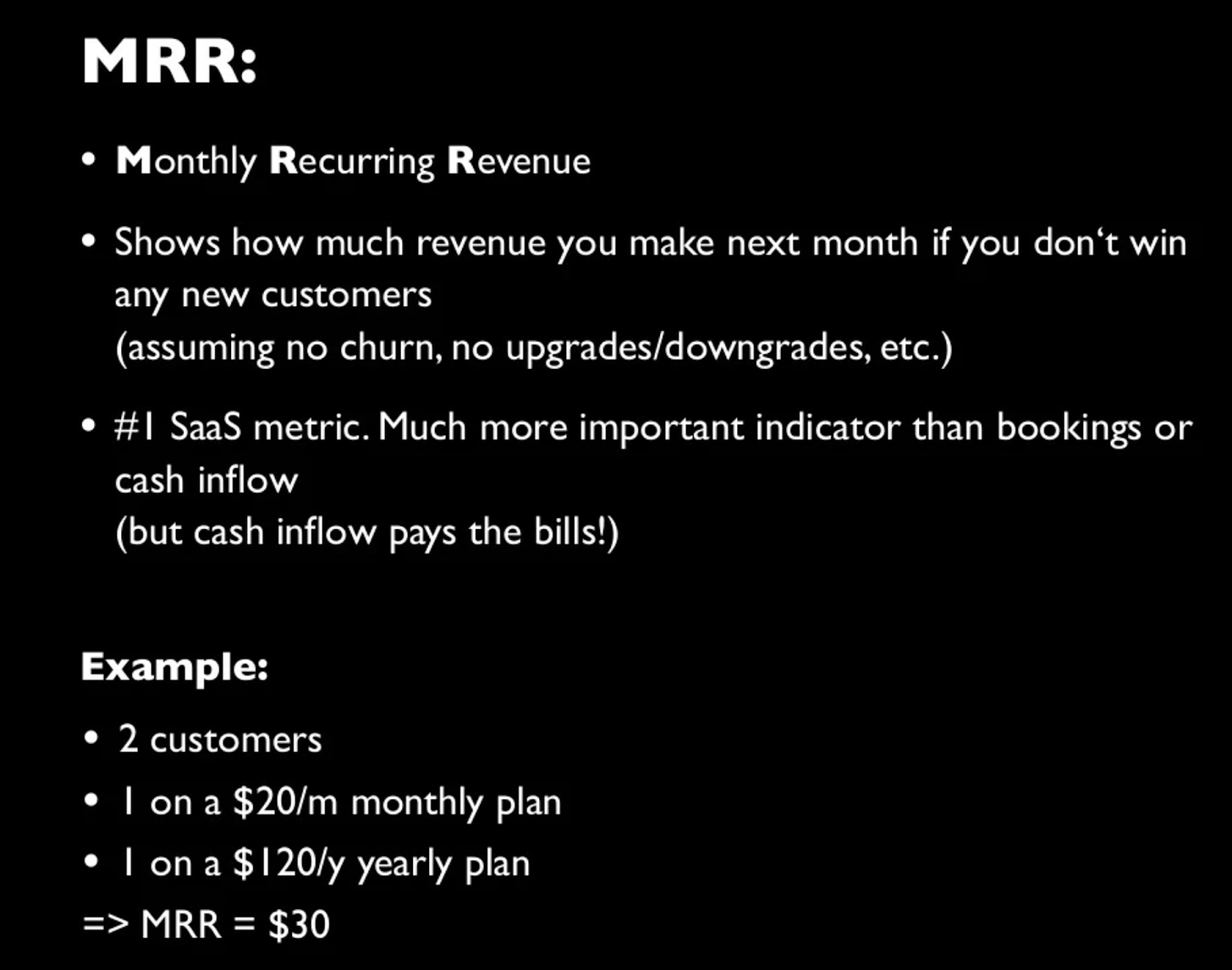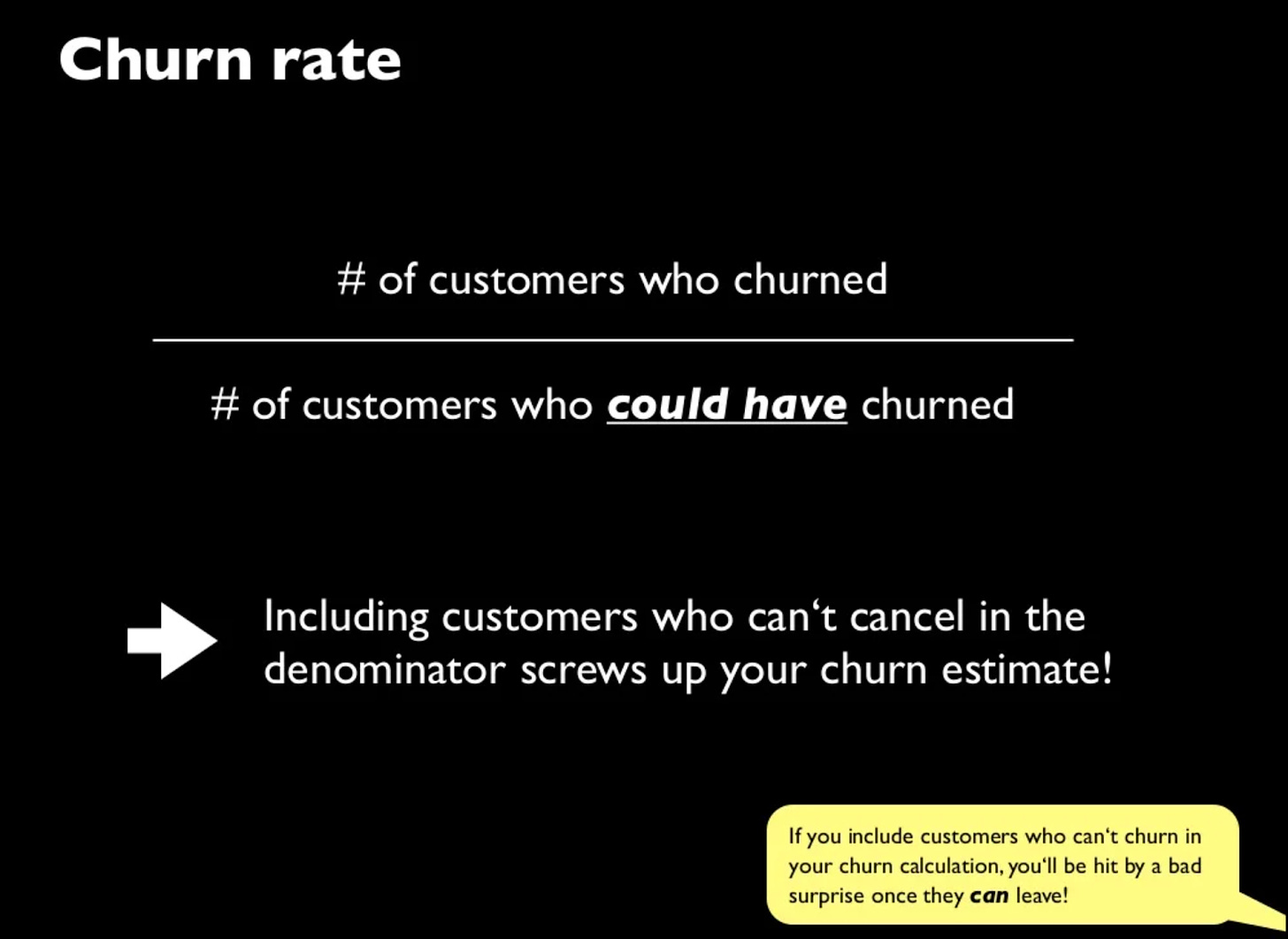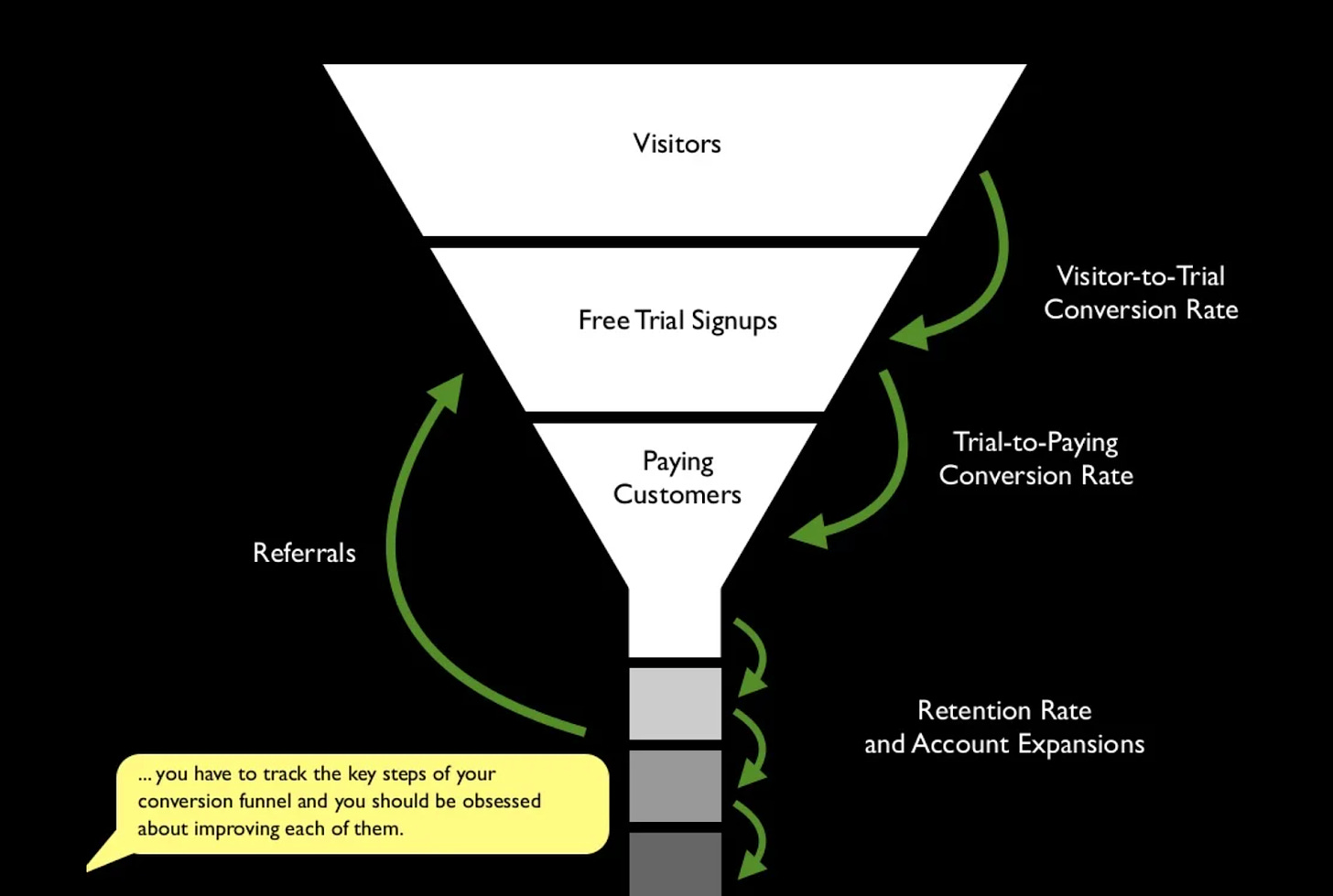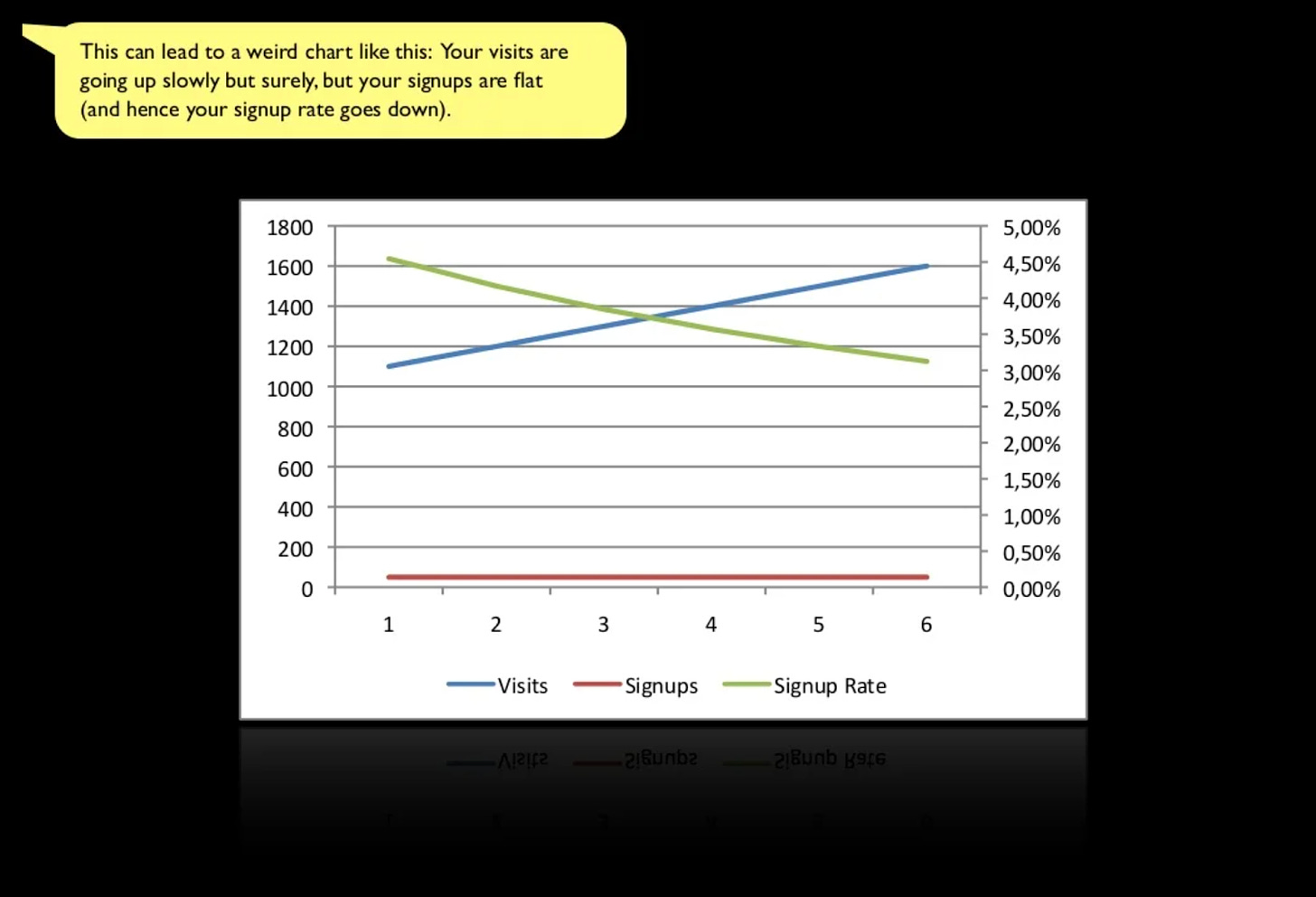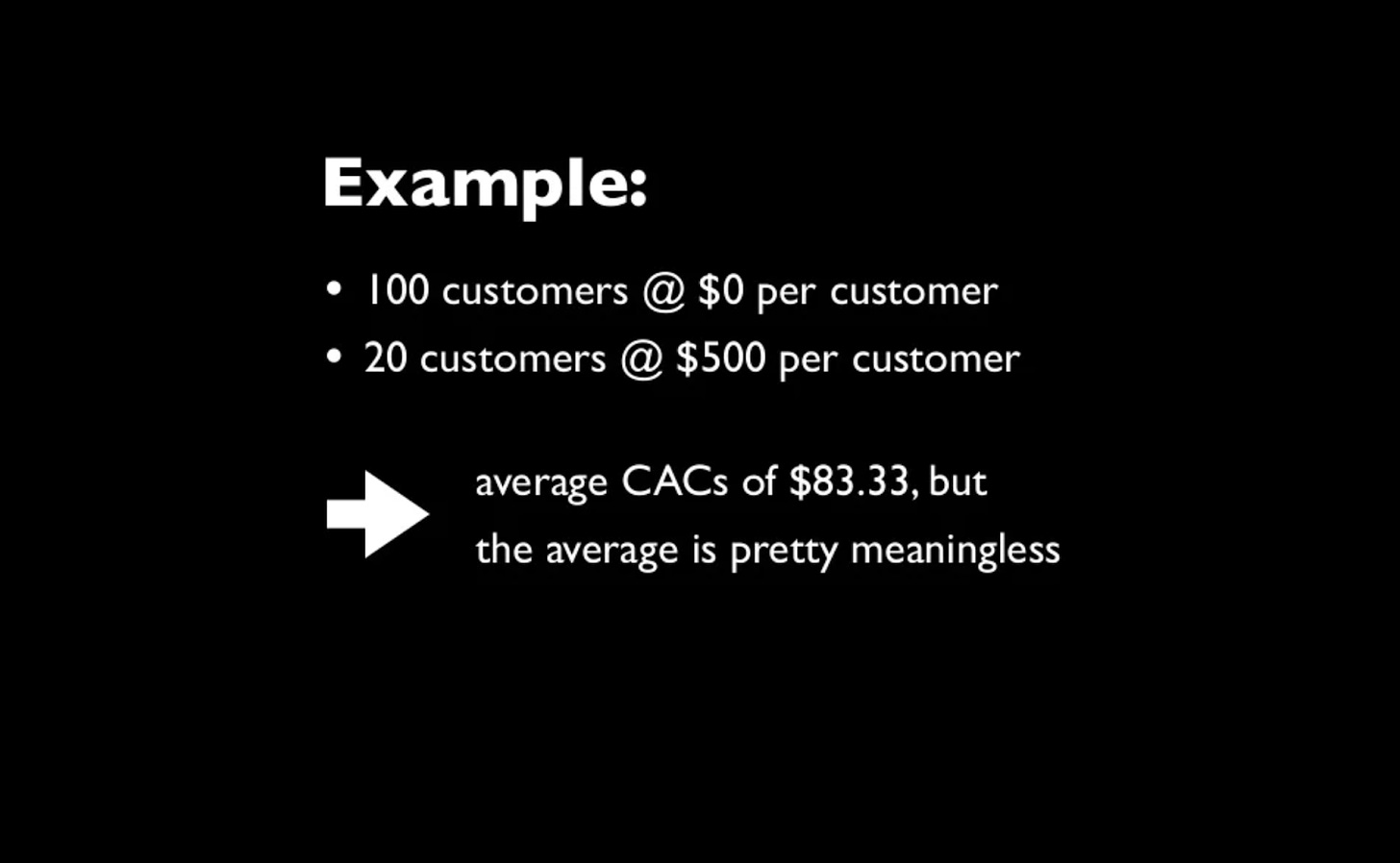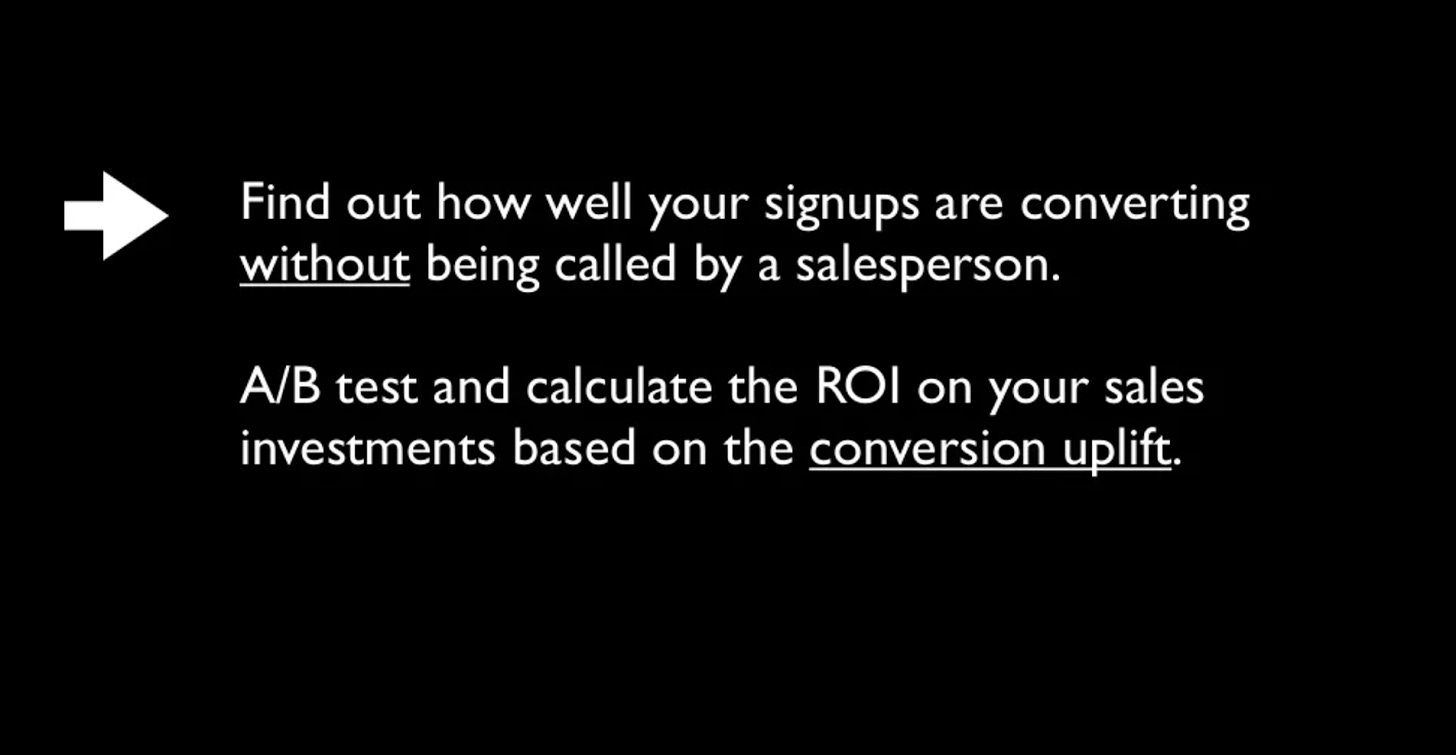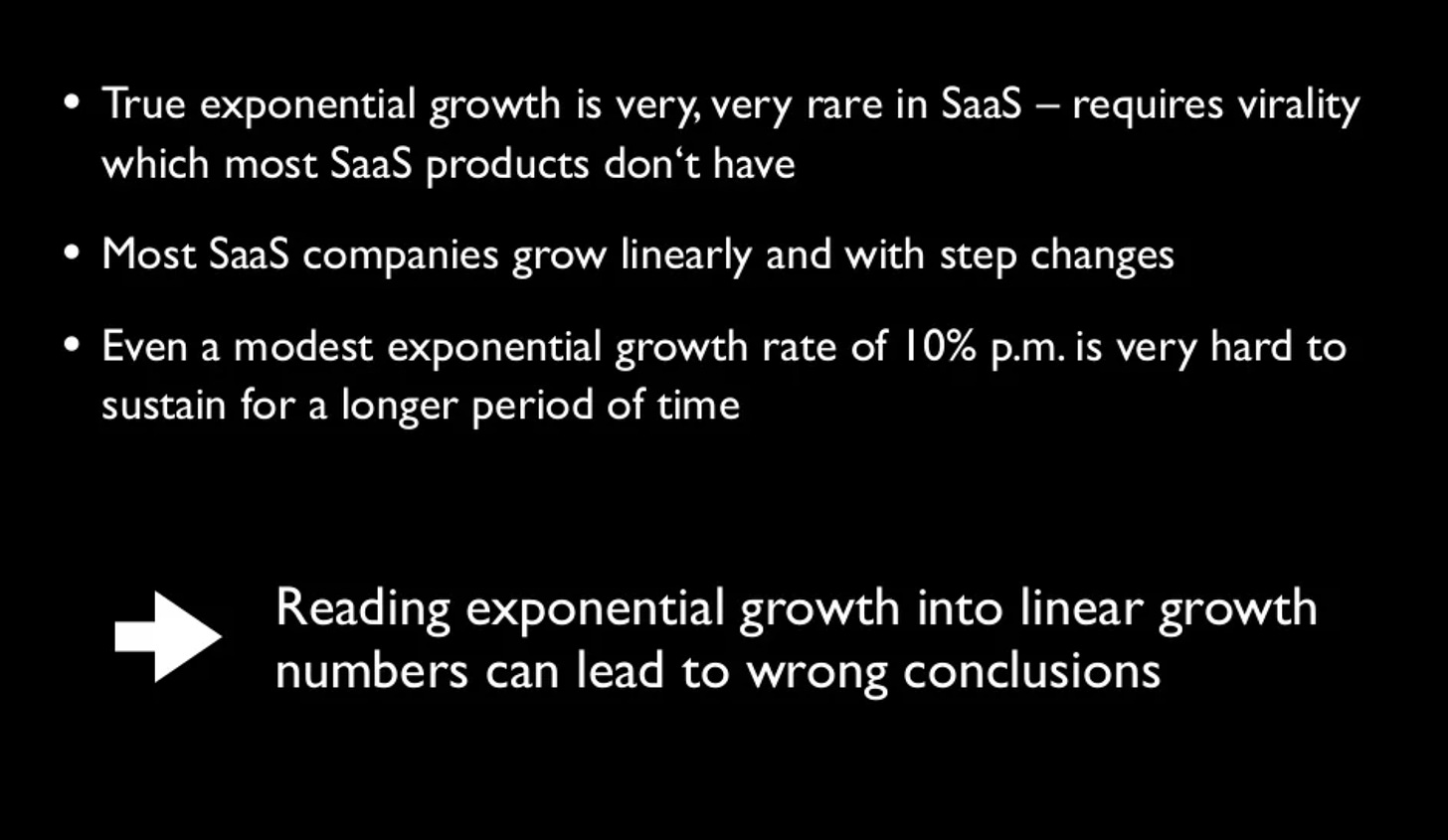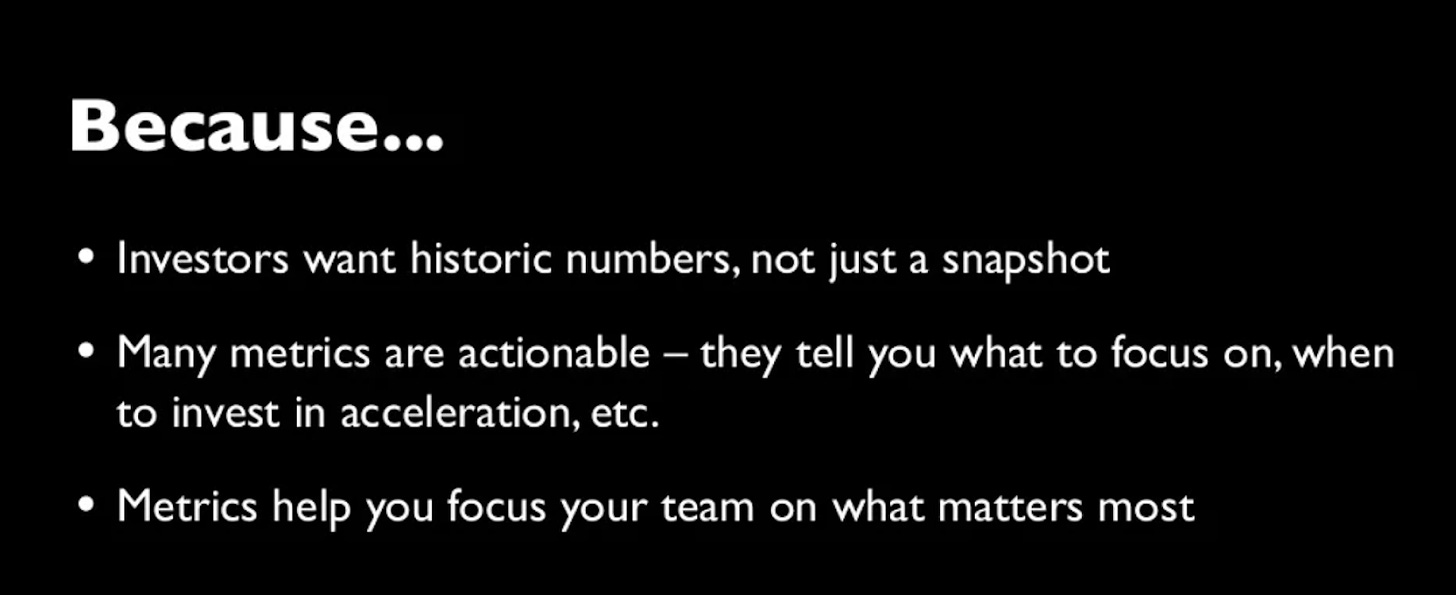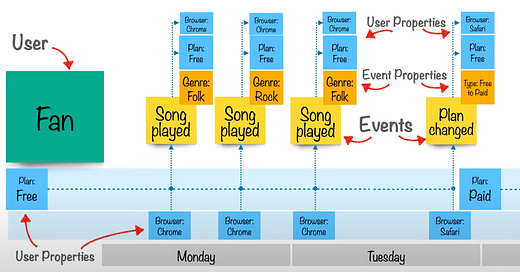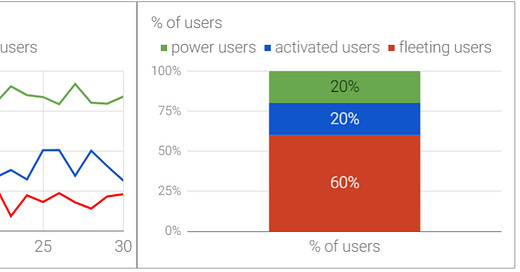

Discover more from Data Analysis Journal
9 Worst Practices In SaaS Metrics - Issue 101
A recap of Christoph Janz’s presentation about common mistakes in SaaS that analysts should avoid
Hello analysts! Today I wanted to share Christoph Janz’s presentation about common reporting mistakes. It’s old but remains timeless. I suddenly ran into it this weekend and it’s priceless. SaaS concepts, and my whole Premium analytics journey, were summarized so nicely within a few slides. In this issue, I’ll share a few slides from Christoph’s presentation, along with my comments and practical advice on how and why to avoid these issues.
If you haven’t heard about Christoph Janz yet, he is a VC, investor, advisor, blogger, and famous SaaS guru. If you want to learn more about a subscription-based business model and analytics, you should definitely follow him and read his articles. Christoph is Managing Partner at Point Nine Capital and is behind such products as ChartMogul and Brightback - both famous subscription analytics platforms.
Without further ado, here are 9 mistakes in SaaS:
9. Confuse MRR with Cash Inflow
This one is big and very common. Many analysts confuse MRR with Sales and Premium subscribers with Transactions. Having more users doesn't mean more revenue. That’s the reason why LTV and ARPU are so important, as they speak for both these metrics.
8. Underestimate Churn
(by mixing up monthly with yearly plans)
This is my favorite slide. For some reason, churn is confusing for many analysts.
Churn is not a cancellation. It’s calculated from users who are up for renewal in a given time period. Users may cancel this month, but if they are up for renewal in 4 months, you won’t see them in this month's churn reporting.
Merging different subscription types into one churn report is a mistake. It’s often called “blended” churn (or “blended” retention). It’s used as an indicator of overall premium health, but it’s less useful, and not recommended. Why? Because your proportion of monthly/annual users can be different, so their true churn rate pattern will be hidden, and you won’t be able to tell if your churn is increasing or decreasing over time or if it’s staying flat.
To read more on churn reporting - As The World Churns.
7. Ignore Your Cohorts
(he means retention)
Similar story to churn - if you mix different user behavior types into one bucket, you won’t be able to see their true activity pattern. Active or resurrected users will have significantly higher retention than new users.
6. Don’t track each step of the conversion funnel
5. Mix up visitors to your marketing website with users of your software
I have seen it! It’s so frustrating and doesn’t make any sense.
A few years have passed since these slides were created. Today, with mobile app analytics and enhanced privacy rules and rights, this is an even more common issue. Mapping and tracking web visits and app users have always been and still is challenging.
4. Show CACs on a blended basis only
(mixing up paid and non-paid sources of leads)
As above, today due to enhanced privacy it becomes very tricky to clearly segment out paid traffic from organic and have a good source data break down. If you are new to CAC, start here - What Is Customer Acquisition Cost And How To Improve It.
3. Attribute all conversions to your sales team
2. Assume you are growing exponentially
Yep, this was me. I used to think of Premium growth as exponential because every month your premium subscribers count is bigger. But there are so many things in play.
1. Don’t start tracking KPIs until investors request it
As an analyst, I can assure mister Christoph that we track or keep our radar on every little thing already. We might not want to show it to investors (or even our exec team) because we either have low trust in that data or lack historical track (or simply lack of resourcing to extract and put it together). But we know you will ask for it and we continually brace for the day when the request comes.
Thanks for reading, everyone, and thanks to Christoph Janz for the slides ⭐. Until next Wednesday!
Subscribe to Data Analysis Journal
Where product, data science, and analytics intersect. Trusted by tens of thousands of data scientists around the world





